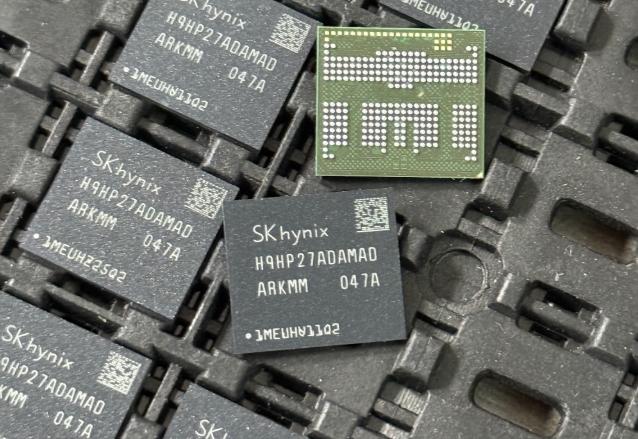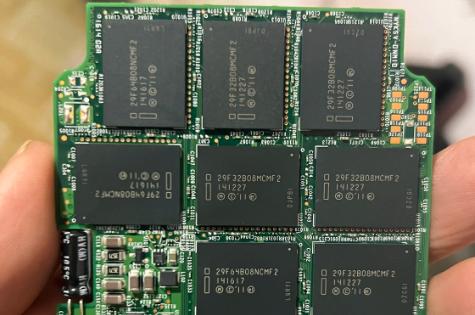Hello! now About Us
An In-Depth Explanation of ENV-20-PH Temperature Sensor's Working Principle
4/11/2025 2:47:13 AM
In the era of booming IoT and smart devices, temperature sensor, as core components of environmental perception, are widely used in industrial control, smart homes, agricultural monitoring and other fields. The ENV-20-PH high-performance digital temperature sensor has become the preferred solution in many scenarios due to its high precision, low power consumption, and reliable stability. This article will delve into its working principle to reveal the technological secrets behind this "temperature sensing chip".
I. Core Technical Architecture Analysis
The ENV-20-PH adopts advanced CMOSens® patented technology, integrating silicon-based micromechanical structures with signal processing circuits. Its core contains a high-sensitivity platinum resistance temperature measurement unit, paired with a laser-trimmed Wheatstone bridge structure, forming the basic temperature measurement module. When ambient temperature changes, the platinum resistor's resistance changes linearly (temperature coefficient 3850ppm/℃), causing bridge imbalance and generating a weak differential signal.
This signal is amplified by a high-gain chopper-stabilized amplifier and then enters a 24-bit Σ-Δ analog-to-digital converter. This high-precision ADC employs fifth-order modulation technology, combined with digital filtering algorithms, effectively suppressing power frequency interference and quantization noise, achieving a resolution of 0.0039℃. The converted digital signal is output via the I²C bus, supporting both standard 100kHz and fast 400kHz modes.
II. Innovative Temperature Compensation Mechanism
Different from traditional sensors, the ENV-20-PH features a three-dimensional temperature compensation model. Its internal storage unit presets calibration data across the full temperature range (-40℃ to +125℃), using piecewise linear interpolation algorithms to correct measurements in real-time. The specially designed self-heating compensation circuit dynamically adjusts the reference voltage when sensor power consumption changes, eliminating measurement errors caused by self-heating.
In extreme temperature conditions, the sensor automatically enables secondary calibration mode. By utilizing personalized calibration parameters stored in EEPROM, it performs nonlinear correction on output values, maintaining an accuracy of ±0.2℃ across the entire temperature range. This hardware-software collaborative compensation strategy significantly enhances measurement stability in complex environments.
III. Low Power Design Philosophy
The ENV-20-PH employs intelligent power management technology to achieve ultra-low power consumption while maintaining performance. Its operating modes are divided into three types:
Single Measurement Mode: Enters sleep after one conversion, with power consumption as low as 1.5μA
Continuous Measurement Mode: Consumes only 8μA at 1Hz sampling rate
Standby Mode: Shuts down all circuits, with leakage current less than 0.1μA
The unique duty cycle adjustment technology allows users to configure measurement intervals via the I²C interface. For example, setting a 5-minute sampling interval in environmental monitoring applications, combined with the power management unit, can significantly extend battery life for battery-powered devices.
IV. Digital Interface and System Integration
The sensor uses the industry-standard I²C protocol, supporting multi-device cascading (up to 8 slaves). Its output data format includes 16-bit raw values and calibrated 16-bit temperature values, allowing users to directly read Celsius temperatures without secondary conversion. The unique ALERT pin supports programmable threshold alarms, triggering external interrupts or waking MCUs when temperatures exceed preset ranges.
In terms of system integration, the ENV-20-PH provides supporting software libraries for mainstream embedded platforms (e.g., STM32, ESP32). Developers can achieve temperature reading, calibration parameter configuration, and alarm settings through simple APIs. Its digital output characteristics greatly simplify peripheral circuits, requiring only power, ground, and two signal lines for operation.
V. Typical Application Scenarios
Industrial Control: Monitoring operating temperatures in inverters and power modules to prevent overheating damage
Smart Homes: Temperature feedback control for white goods like air conditioners and refrigerators
Agricultural Greenhouses: Precision environmental control in conjunction with humidity sensors
Automotive Electronics: Temperature monitoring units in battery thermal management systems
VI. Technical Advantage Summary
Item ENV-20-PH Performance Industry Average
Measurement Accuracy ±0.2℃ (-40℃ to +125℃) ±0.5℃~±2℃
Response Time <50ms (in air) 100ms~500ms
Annual Drift <0.1℃ 0.5℃~2℃
Power Consumption 1.5μA (standby) 5μA~50μA
Conclusion
Through innovative CMOSens technology, precise compensation algorithms, and intelligent power management, the ENV-20-PH redefines the performance benchmark for digital temperature sensor. Its complete solution from physical sensing to digital output not only simplifies the design process but also achieves a perfect balance between precision, power consumption, and reliability. As smart devices continue to increase their demands on the sensing layer, this sensor will undoubtedly demonstrate its core value in more fields and become a benchmark product in temperature monitoring.
Fudong Communication (Shenzhen) Group Co., Ltd., established in 2004, is a specialized global first tier semiconductor agent/distributor.
Fudong Mall is an online e-commerce platform belonging to Fudong Communication (Shenzhen) Group Co., Ltd. Fudong collaborates with global electronic component distributors and Chinese spot inventory suppliers.









